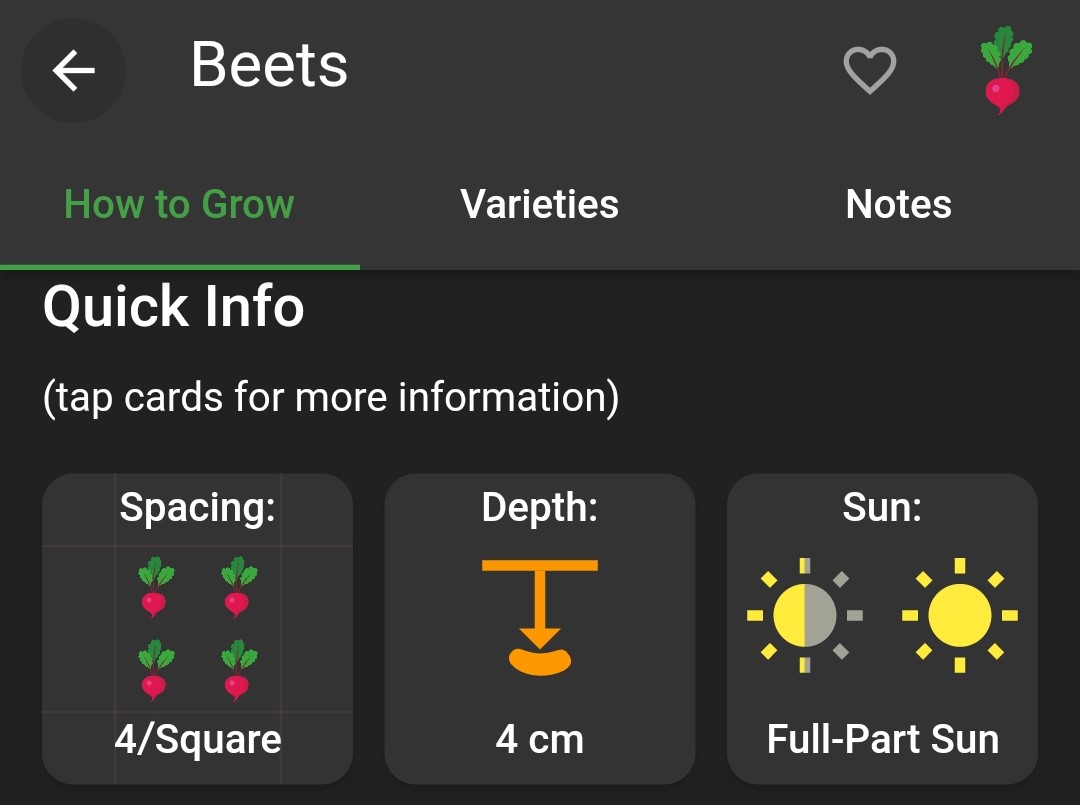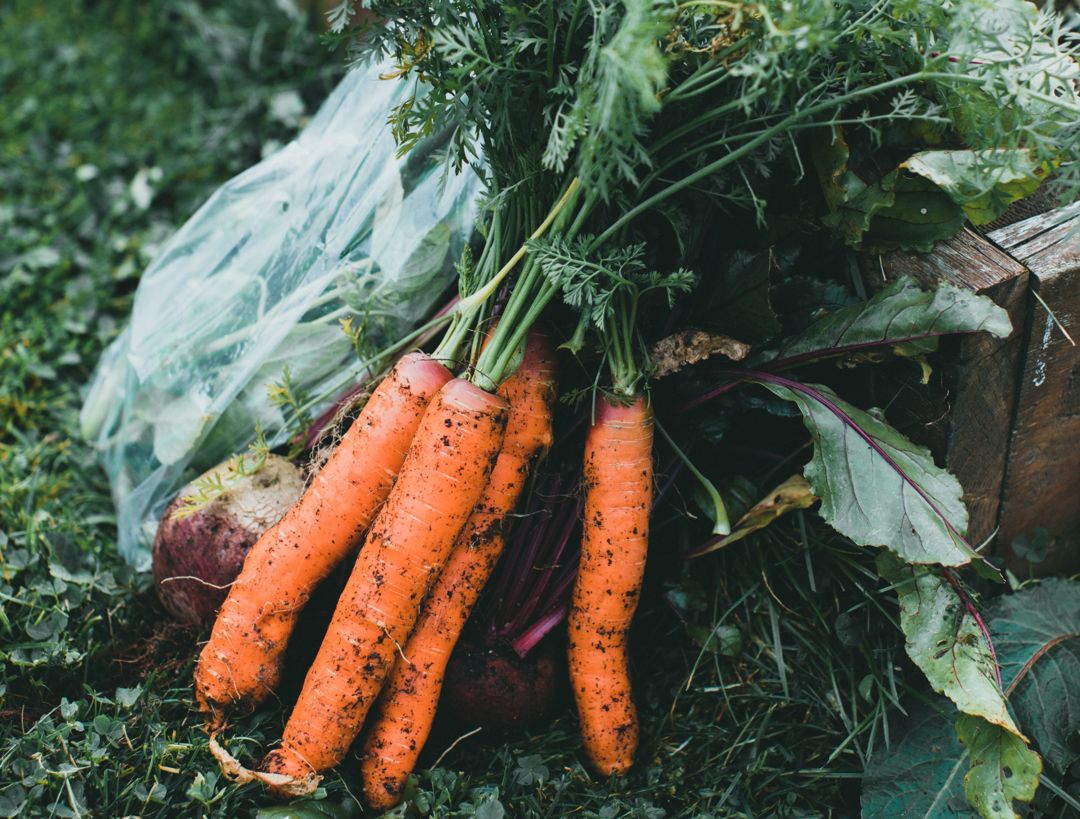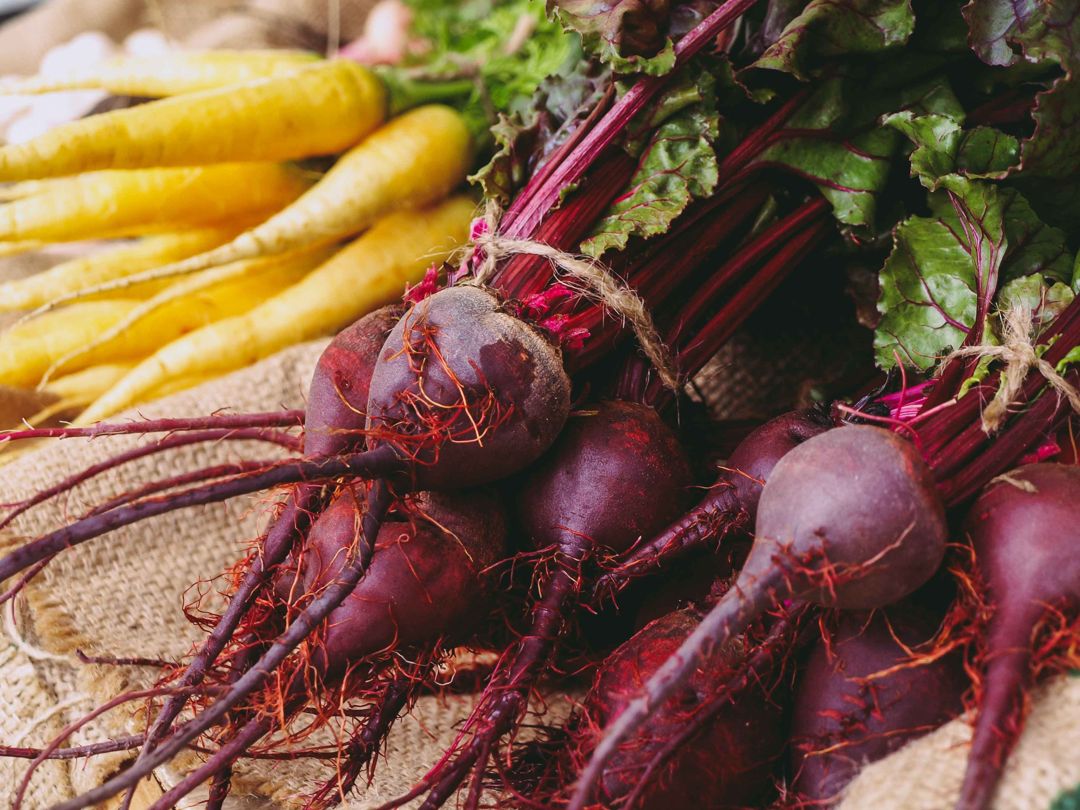Vegetables that are grown mainly for their roots, such as carrots, beets, radishes, and turnips, are some of the most rewarding crops to grow. Since the root is hidden underground, you never quite know what to expect come harvest time!
Pay attention to soil preparation and planting to increase the chance of unearthing beautiful, tasty root crops!
Prepare Your Soil for Root Crops
Soil conditions are especially important for proper root development in root crops. Some gardeners choose to grow root vegetables in raised beds to have better control over the soil qualities. If using a raised bed, make sure the bed is deep enough for the crops you intend to grow.
Root crops need loose, well draining soil. The roots will struggle to push downward and expand in heavy clay soils. Compost and sand can help to lighten your soil if it’s heavy. Sift the soil to remove rocks and sticks, which can cause the roots to fork and grow in unusual shapes.
Soil PH is an important factor for root development. In general root crops prefer a PH of 6.0-6.8, but you can research the optimal PH ranges for the specific crops you plan to grow. Ideally, test your soil PH prior to planting and apply treatments to raise or lower the PH if needed.
Fertilizer is another key component for growing root crops, and their needs are unique. Applying excess nitrogen when planting can cause the roots to fork, and over time the plant will focus on leaf growth instead of root growth. Root crops need sufficient phosphorus to develop healthy roots, but only add phosphorus if a soil test confirms its lacking in your soil.
How to Plant Root Crops
Root crops are cool weather crops, generally planted in spring or in late summer and early fall. It’s often recommended to seed root crops directly in the garden, rather than starting them indoors and transplanting. It can be easy to damage the root when transplanting, which is the desired part of the plant! That said, some gardeners do have success transplanting certain root crops.
Root crops can tolerate part shade, but they do best in a full-sun location. Proper plant spacing is important for root crops. Check Planter to determine the proper square-foot spacing for the crops you are planting:

Root crops do not compete well with weeds especially when they are just sprouting. Ensure the planting area is clear of weeds and keep up with weeding. The seeds need consistent moisture to germinate, which can be challenging when sowing outdoors. Water the area to be planted prior to seeding and keep it damp. You can cover the planting area to hold in moisture, but be sure to remove the cover as soon as the seeds sprout!
As the crops grow they still need consistent, adequate watering. If the soil dries out between waterings, it can cause the roots to become tough. Use the Notes and Events premium features in Planter to stay on top of watering!
Harvesting Root Crops

Knowing when to harvest root crops can be a bit of a mystery since the roots are underground. The main way to know when the crop is ready to harvest is to keep track of the days to maturity (listed on the seed packet). When enough time has passed for the plants to reach maturity, pull out a few testers to check if they are a harvestable size. With some types of root crops you can spot the top part of the root poking out of the soil, which hints at how big the root is.
If your soil is loose you can sometimes pull the roots straight out of the ground by their stems. Often they will need gentle loosening with a trowel or garden fork to be pulled out. Gentle is the operative word here as it’s easy to accidentally snap or cut the roots when harvesting them.
Include root crops in your garden this season to enjoy unearthing a hidden harvest!
